Home>Gardening & Outdoor>Pool & Spa Care>How To Keep Hot Tub From Freezing
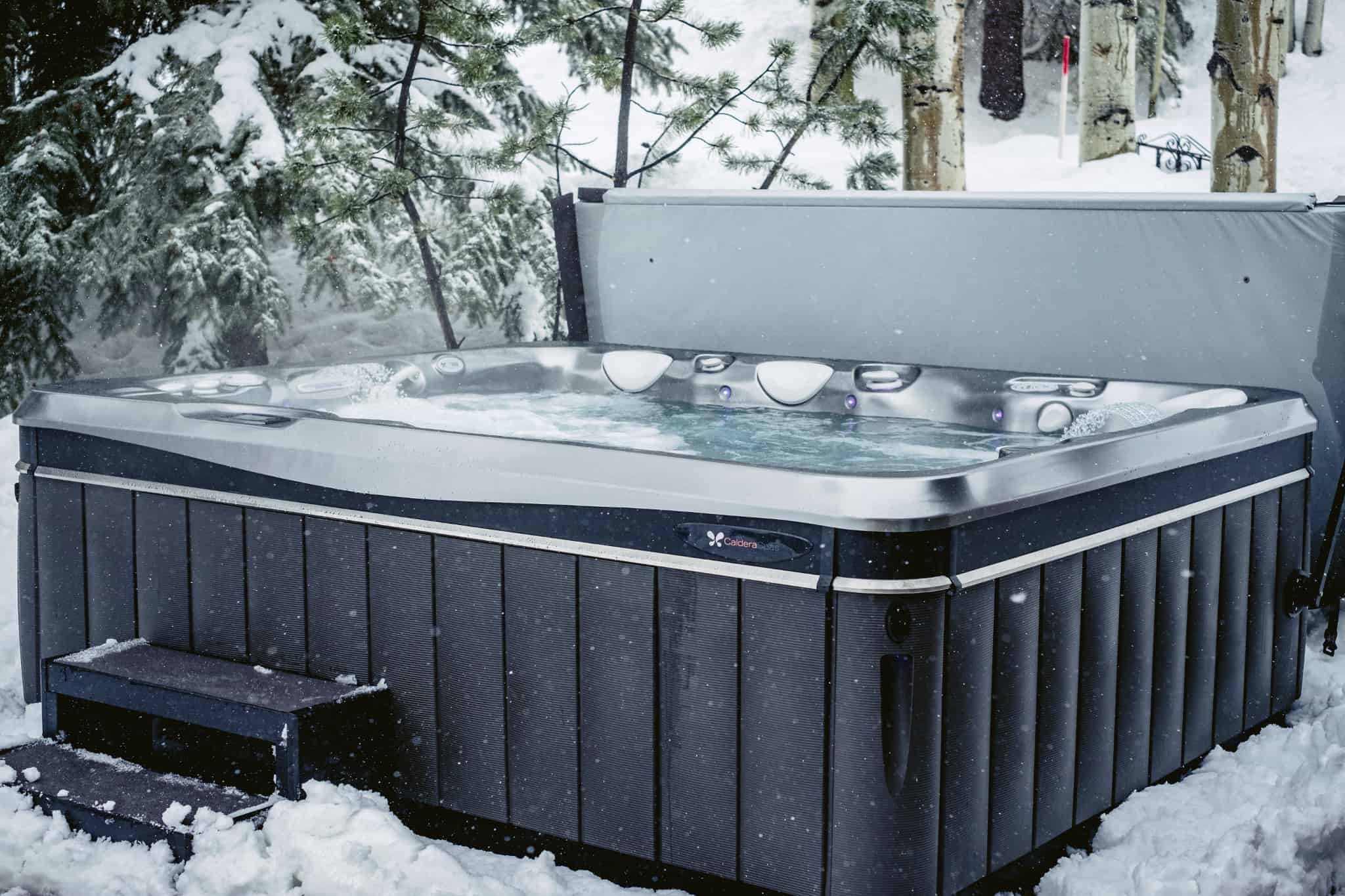

Pool & Spa Care
How To Keep Hot Tub From Freezing
Modified: November 1, 2024
Learn essential pool and spa care tips to prevent your hot tub from freezing in cold weather. Keep your hot tub safe and functional with these expert maintenance techniques.
(Many of the links in this article redirect to a specific reviewed product. Your purchase of these products through affiliate links helps to generate commission for Storables.com, at no extra cost. Learn more)
Introduction
Welcome to the wonderful world of hot tubs! Owning a hot tub is a fantastic way to relax, unwind, and soothe your muscles after a long day. However, as the temperatures drop, it’s crucial to take steps to ensure that your hot tub remains in optimal condition. In this comprehensive guide, we’ll explore the various methods and best practices for keeping your hot tub from freezing during the colder months.
From understanding the risks associated with freezing temperatures to implementing insulation and utilizing freeze protection systems, we’ll cover everything you need to know to safeguard your hot tub. Additionally, we’ll delve into the importance of regular maintenance and monitoring to prevent freezing and maintain the longevity of your hot tub.
So, whether you’re a seasoned hot tub owner or a newcomer to the world of hydrotherapy, join us as we delve into the essential strategies for protecting your hot tub from freezing temperatures.
Key Takeaways:
- Protect your hot tub from freezing by insulating, covering, and using a freeze protection system. Regular maintenance and winterizing are crucial to prevent costly damage and ensure a cozy retreat all year round.
- Understand the risks of freezing, such as damage to plumbing and electrical systems. Drain and winterize your hot tub before the colder months to safeguard it from potential freezing-related issues.
Read more: What Happens If A Hot Tub Freezes
Understanding the Risks of Freezing
When the mercury plummets, the risk of your hot tub freezing becomes a significant concern. Freezing temperatures can wreak havoc on various components of your hot tub, potentially leading to costly repairs and irreversible damage. Understanding the specific risks associated with freezing is crucial for effectively safeguarding your hot tub.
One of the primary risks of freezing is the potential damage to the plumbing system. When water freezes, it expands, exerting immense pressure on the pipes and fittings. This pressure can cause the pipes to crack or burst, resulting in leaks and extensive water damage. Moreover, freezing temperatures can also damage the hot tub’s pump, heater, and other vital components, leading to malfunctions and reduced efficiency.
Furthermore, freezing water can cause the hot tub’s shell to crack or warp, compromising its structural integrity and aesthetics. The freeze-thaw cycle, in which water repeatedly freezes and thaws, can exacerbate these issues, leading to further damage over time.
Another critical concern is the impact of freezing temperatures on the hot tub’s electrical system. Moisture from melted snow or ice can infiltrate electrical components, posing a significant safety hazard and increasing the risk of electrical malfunctions or short circuits.
Additionally, freezing temperatures can disrupt the water chemistry and balance in your hot tub, potentially leading to the formation of ice and damaging the filtration and circulation systems. This can result in cloudy or unhygienic water, necessitating extensive cleaning and maintenance to restore the hot tub to its optimal condition.
By comprehensively understanding the risks associated with freezing temperatures, hot tub owners can proactively implement measures to mitigate these dangers and ensure the longevity and functionality of their beloved relaxation oasis.
Insulating and Covering Your Hot Tub
Proper insulation and effective covering are paramount for protecting your hot tub from freezing temperatures. By implementing these measures, you can minimize heat loss, prevent water from freezing, and maintain a comfortable and safe environment for your hot tub.
Insulation plays a crucial role in retaining heat and safeguarding the hot tub’s components from the detrimental effects of freezing temperatures. Start by ensuring that your hot tub is equipped with high-quality insulation, including insulation panels and a well-insulated cover. These components help retain heat and create a barrier against the cold, reducing the risk of freezing and minimizing energy consumption.
Additionally, consider investing in a floating thermal blanket, which rests on the surface of the water and provides an extra layer of insulation. This simple yet effective accessory helps trap heat and prevent rapid heat loss, especially during frigid weather conditions.
When it comes to covering your hot tub, a durable and well-fitted cover is indispensable. Opt for a cover specifically designed for cold climates, featuring robust construction and effective sealing mechanisms to prevent heat escape and water infiltration. Ensure that the cover is in good condition, free from tears or damage, and securely fastened to the hot tub to create a tight seal.
Furthermore, regularly inspect the cover for signs of wear and tear, and promptly address any issues to maintain its effectiveness. Keep in mind that a properly insulated and covered hot tub not only prevents freezing but also promotes energy efficiency, reducing your overall operational costs while preserving the longevity of your hot tub.
By prioritizing insulation and investing in a high-quality cover, hot tub owners can effectively shield their beloved relaxation haven from freezing temperatures, ensuring a cozy and inviting retreat even during the chilliest of days.
To keep your hot tub from freezing, make sure to regularly check the water temperature and run the heater if it drops below 32°F (0°C). You can also use a hot tub cover and insulating materials to help retain heat.
Using a Freeze Protection System
Implementing a reliable freeze protection system is a proactive measure that can safeguard your hot tub from the perils of freezing temperatures. These specialized systems are designed to monitor the temperature and activate heating elements or circulation pumps when the ambient temperature approaches freezing levels, effectively preventing water from freezing and mitigating the associated risks.
One of the primary components of a freeze protection system is a dedicated thermostat or temperature sensor. This sensor continually monitors the ambient temperature, and when it detects a drop towards freezing levels, it triggers the activation of the heating system. This ensures that the water temperature remains above the freezing point, preventing the formation of ice and safeguarding the hot tub’s plumbing and components.
Some advanced freeze protection systems also incorporate circulation pumps that activate at regular intervals, even when the hot tub is not in use. This continuous circulation helps distribute warm water throughout the plumbing and prevents stagnant water from succumbing to freezing temperatures. Additionally, the movement of water discourages ice formation and maintains the integrity of the hot tub’s plumbing system.
Modern hot tubs often come equipped with built-in freeze protection systems, offering peace of mind to owners during cold weather. However, for older hot tub models or those without integrated freeze protection, aftermarket freeze protection devices are available. These devices can be retrofitted to existing hot tubs, providing an added layer of security against freezing temperatures.
Regular maintenance and testing of the freeze protection system are essential to ensure its optimal functionality. Verify that the temperature sensors and heating elements are functioning correctly, and promptly address any issues to maintain the system’s effectiveness.
By integrating a reliable freeze protection system into your hot tub setup, you can rest assured that your cherished relaxation retreat is fortified against the hazards of freezing temperatures, allowing you to enjoy its rejuvenating benefits regardless of the weather outside.
Draining and Winterizing Your Hot Tub
As the colder months approach, properly draining and winterizing your hot tub is essential for protecting it from the potential damage caused by freezing temperatures. This comprehensive process involves thorough draining, cleaning, and safeguarding the hot tub’s components to ensure its longevity and functionality during the winter season.
Begin by draining the hot tub completely, ensuring that all water is removed from the plumbing, jets, and internal components. Use a submersible pump or drainage system to efficiently empty the hot tub, taking care to follow the manufacturer’s guidelines for the proper drainage procedure.
Once the hot tub is drained, thoroughly clean and sanitize the interior to remove any residue, impurities, or contaminants. This step is crucial for preventing the buildup of deposits and maintaining the cleanliness of the hot tub during its period of inactivity.
After cleaning, carefully inspect the hot tub’s components, including the plumbing, filters, and jets, to ensure that they are in good condition. Address any issues or perform necessary maintenance to rectify potential vulnerabilities and prevent damage during the winter months.
Next, winterize the hot tub by applying a specially formulated antifreeze solution to the plumbing system to protect it from freezing. This solution helps lower the freezing point of the remaining moisture in the plumbing, reducing the risk of damage due to ice formation. Additionally, consider using freeze plugs to block the plumbing lines and prevent water from accumulating and freezing within the system.
Finally, cover the hot tub with a durable and well-insulated cover to shield it from the elements and further minimize the risk of freezing. Ensure that the cover is securely fastened and in good condition to provide effective protection during the winter season.
By diligently draining and winterizing your hot tub, you can safeguard it from the potential perils of freezing temperatures, ensuring that it remains in optimal condition and ready for your enjoyment when the warmer days return.
Read more: How To Keep Driveway From Freezing
Regular Maintenance and Monitoring
Maintaining a consistent regimen of maintenance and monitoring is essential for preserving the functionality and longevity of your hot tub, especially during the colder months when the risk of freezing is heightened. By incorporating regular maintenance tasks and diligent monitoring into your routine, you can proactively address potential issues and ensure that your hot tub remains in optimal condition.
One of the fundamental aspects of hot tub maintenance is monitoring the water temperature and chemistry. Regularly check the water temperature to ensure that it remains within the recommended range, especially during cold weather. Additionally, routinely test the water’s pH levels, sanitizer concentration, and alkalinity to maintain balanced and hygienic conditions within the hot tub.
Inspect the hot tub’s cover regularly to verify that it is securely fastened and free from damage. A well-maintained cover plays a crucial role in preventing heat loss and protecting the hot tub from freezing temperatures. Address any issues promptly and consider replacing the cover if it shows signs of wear and tear.
Furthermore, conduct periodic checks of the hot tub’s insulation and seals to ensure that they are intact and effective. Damaged insulation or seals can compromise the hot tub’s ability to retain heat and may leave it vulnerable to freezing. Address any insulation issues promptly to maintain the hot tub’s energy efficiency and temperature regulation.
Regularly inspect the hot tub’s plumbing, fittings, and components for signs of leaks, cracks, or damage. Address any issues immediately to prevent water loss and potential freezing-related damage. Additionally, ensure that the circulation system, including pumps and filters, is functioning optimally to maintain proper water circulation and prevent stagnation.
Finally, consider investing in a temperature monitoring system or utilizing smart technology to remotely monitor the hot tub’s temperature and receive alerts in the event of temperature fluctuations. This proactive approach allows you to promptly address any deviations and take necessary measures to prevent freezing and protect your hot tub.
By incorporating regular maintenance tasks and vigilant monitoring into your hot tub care routine, you can effectively mitigate the risks of freezing and ensure that your hot tub remains a reliable source of relaxation and rejuvenation, regardless of the external temperature.
Frequently Asked Questions about How To Keep Hot Tub From Freezing
Was this page helpful?
At Storables.com, we guarantee accurate and reliable information. Our content, validated by Expert Board Contributors, is crafted following stringent Editorial Policies. We're committed to providing you with well-researched, expert-backed insights for all your informational needs.
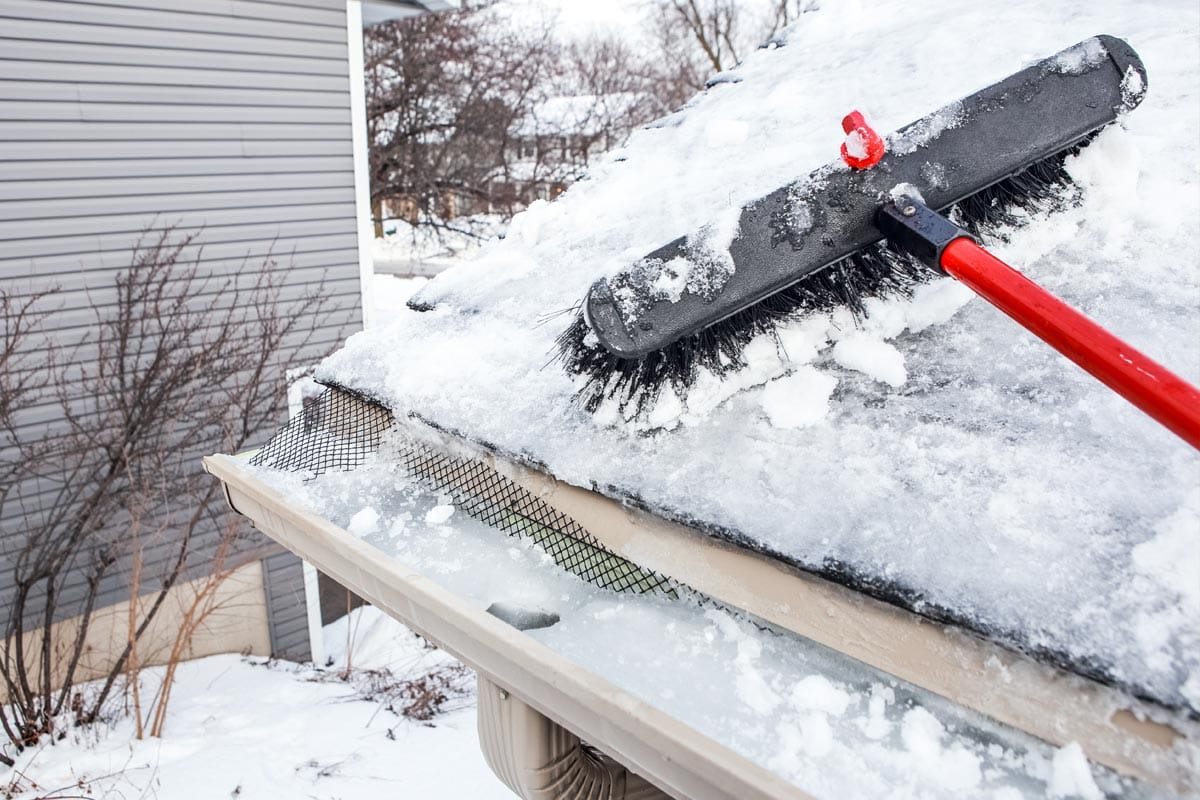
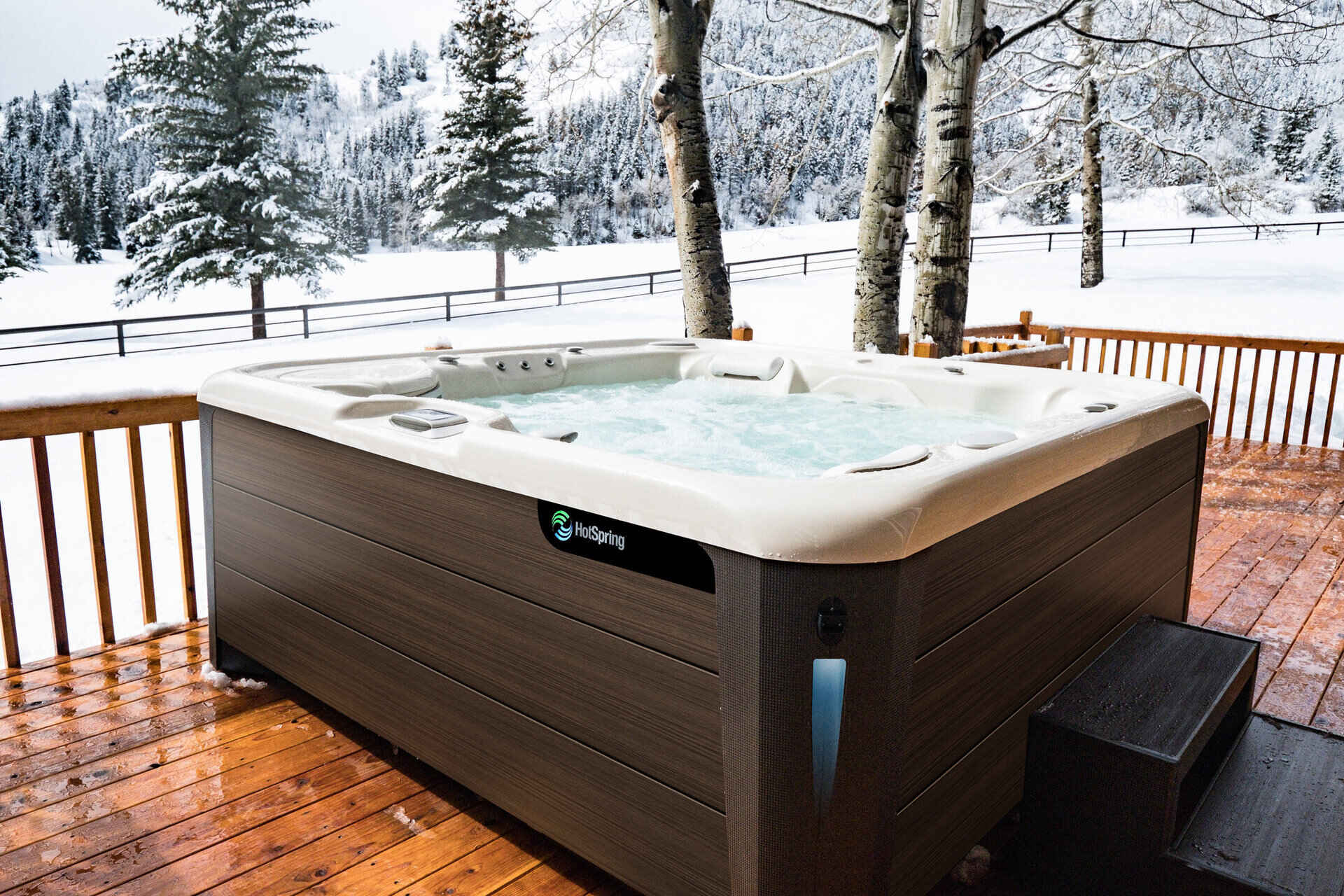
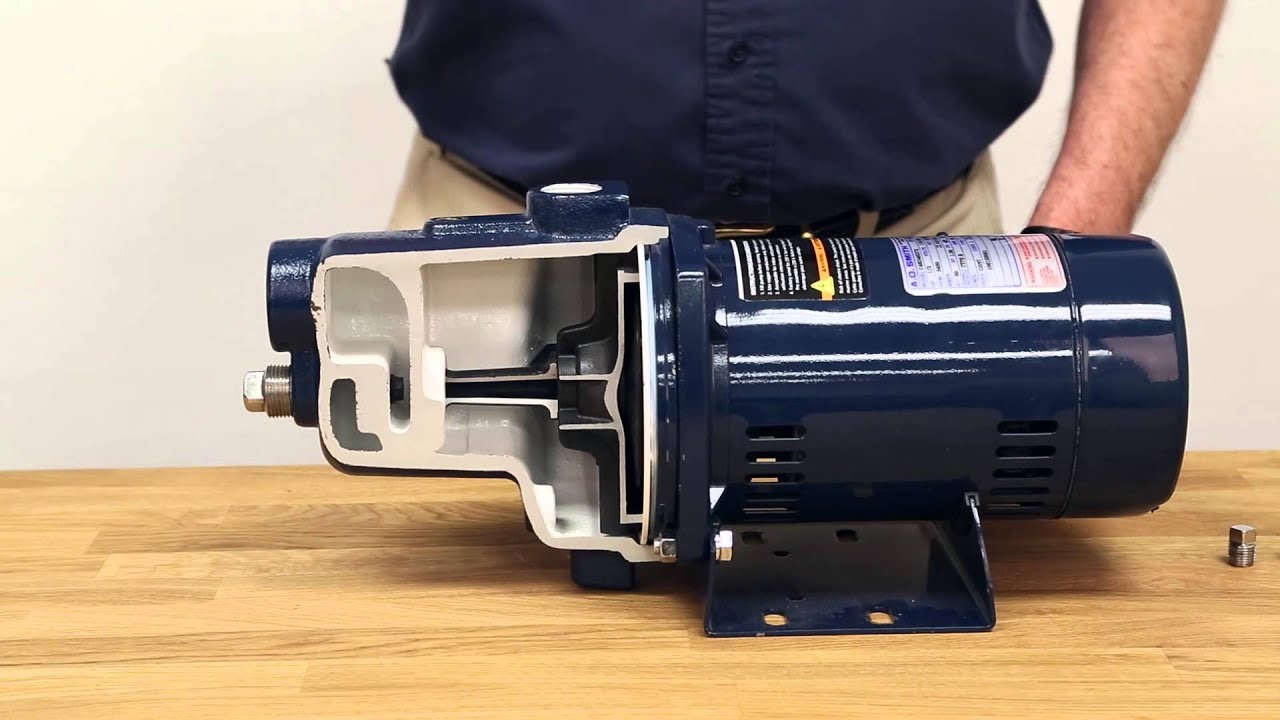
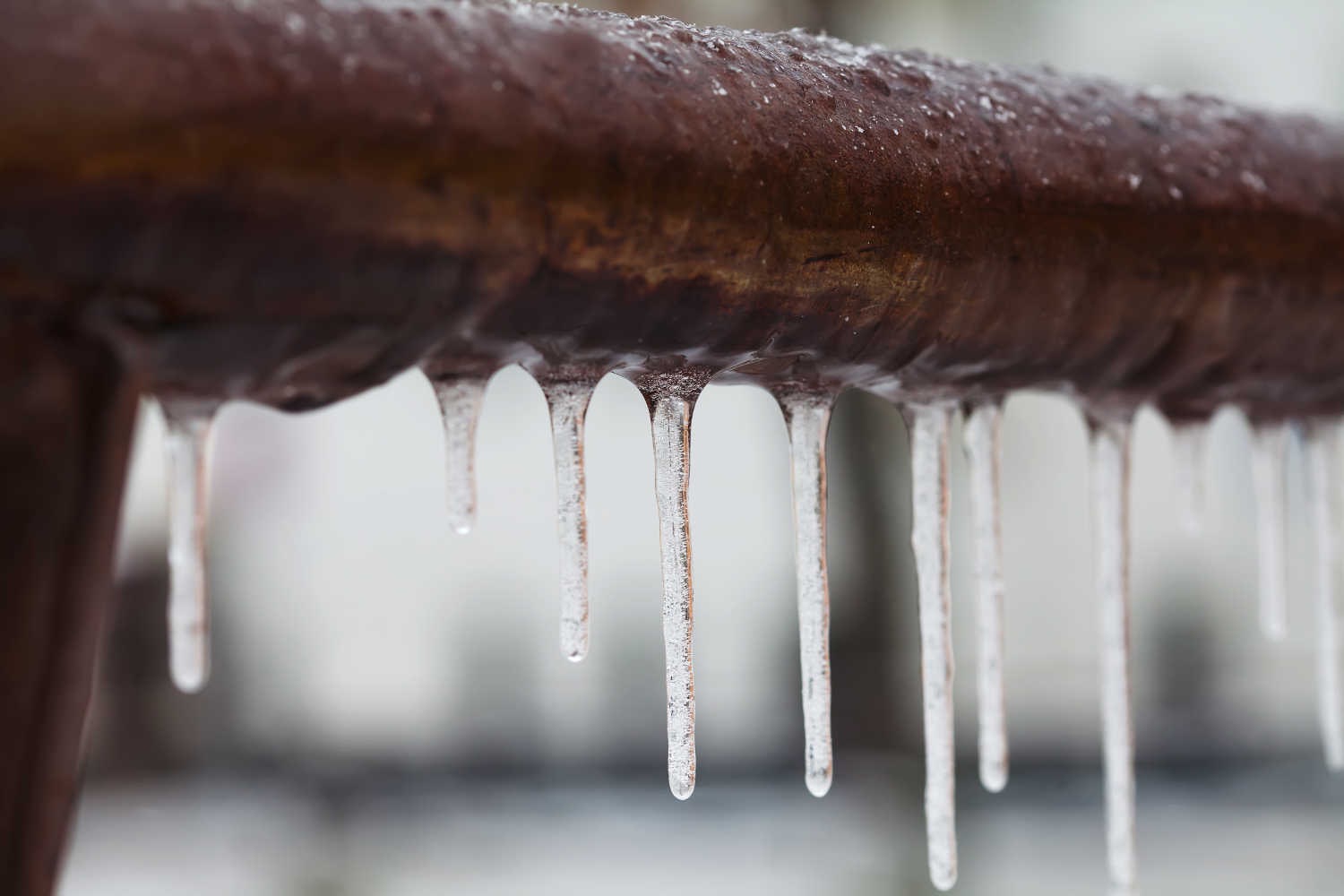
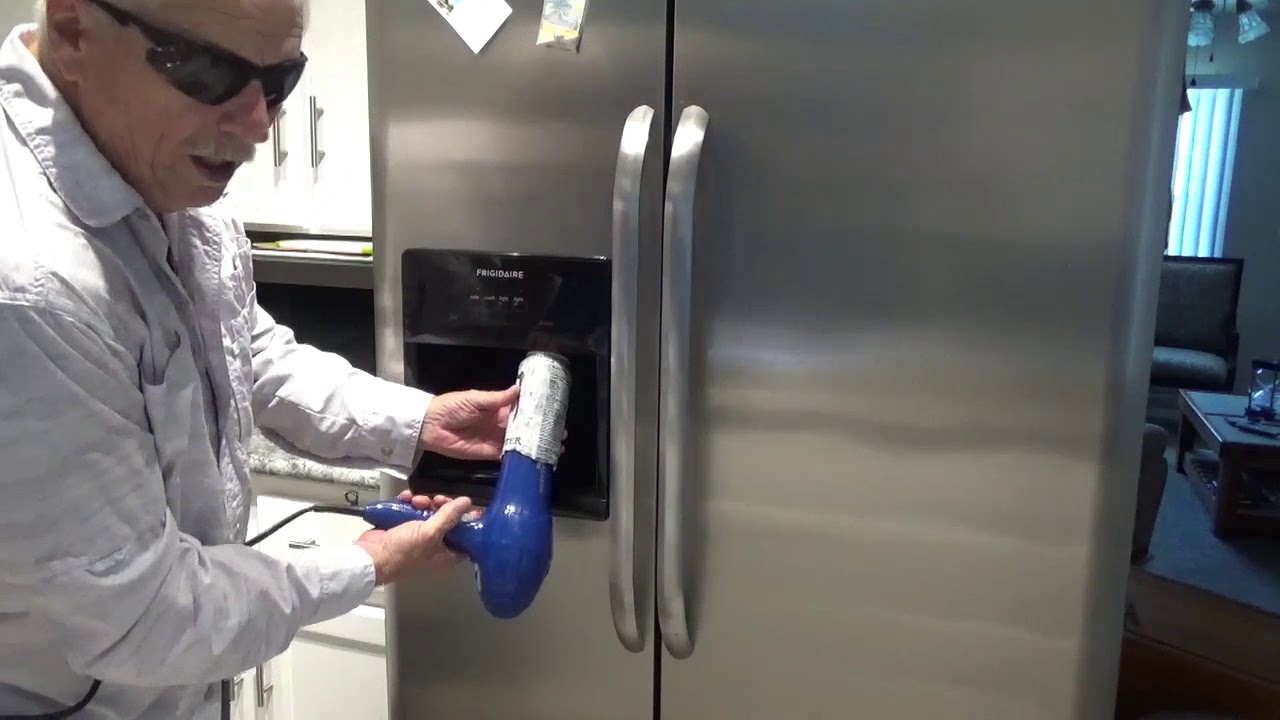
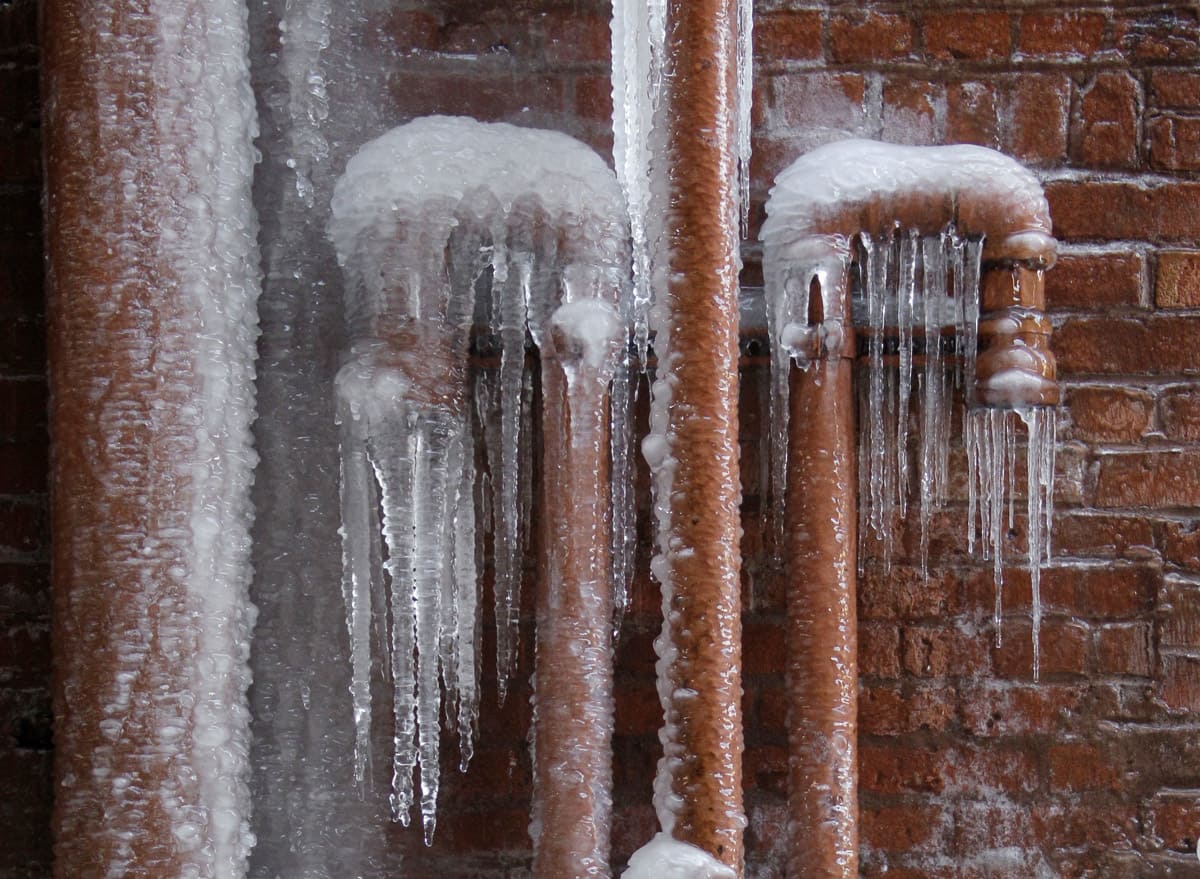
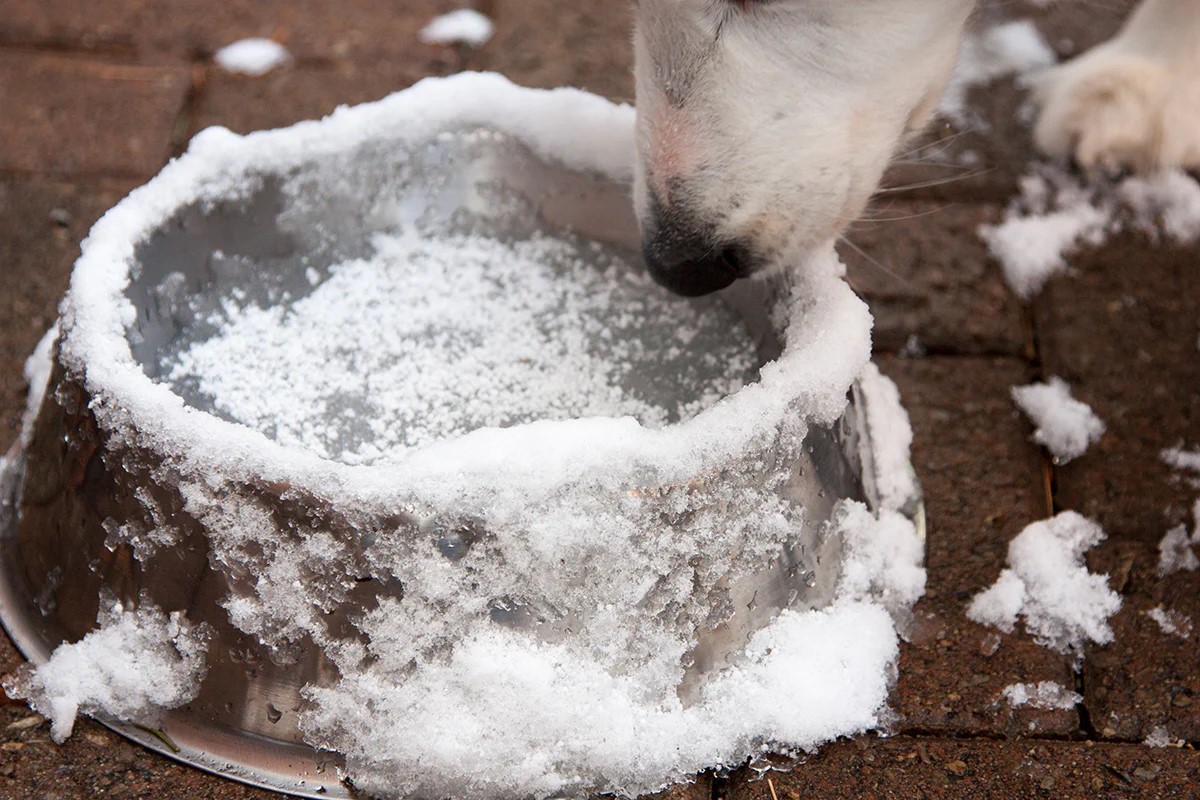
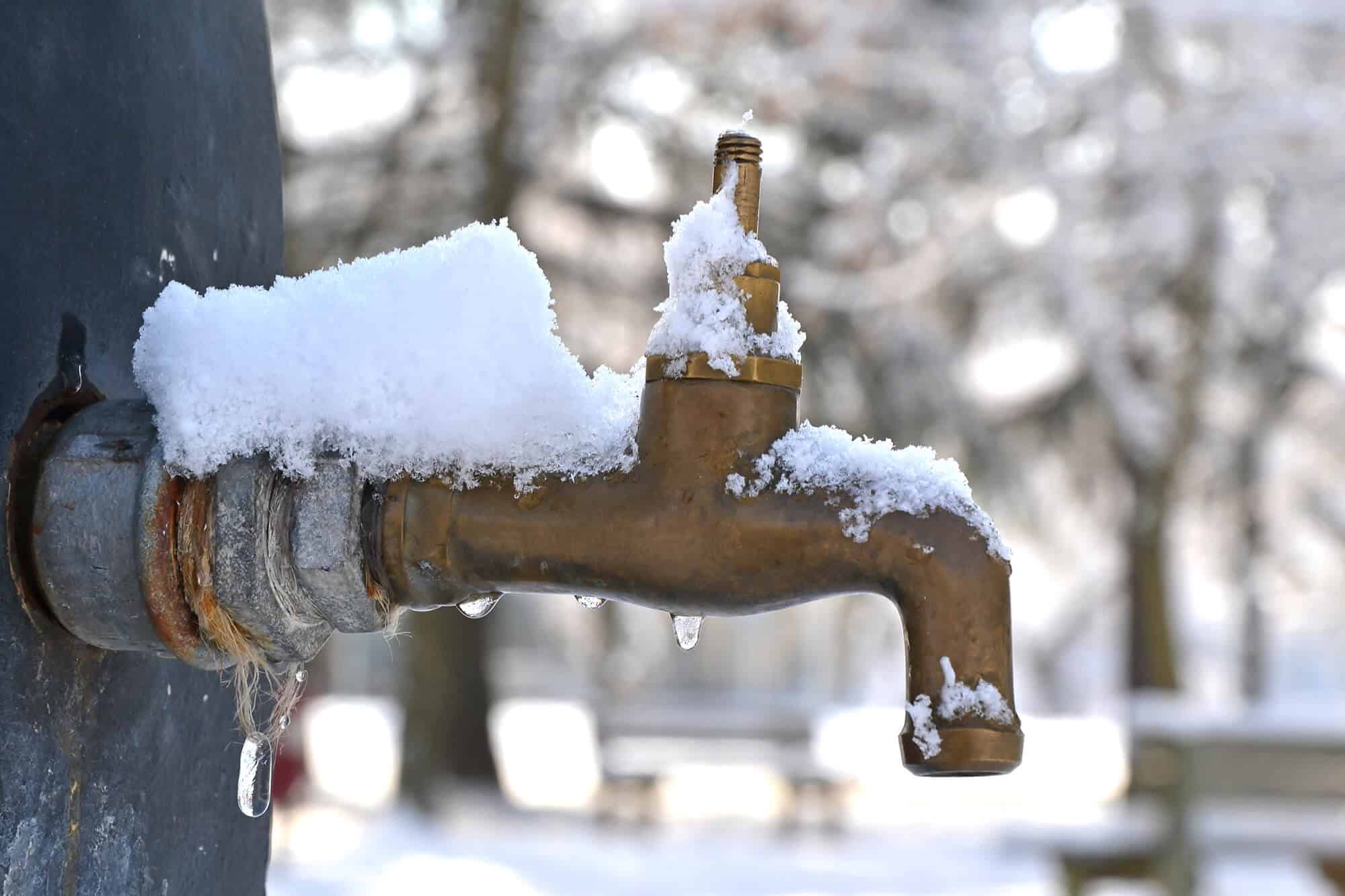
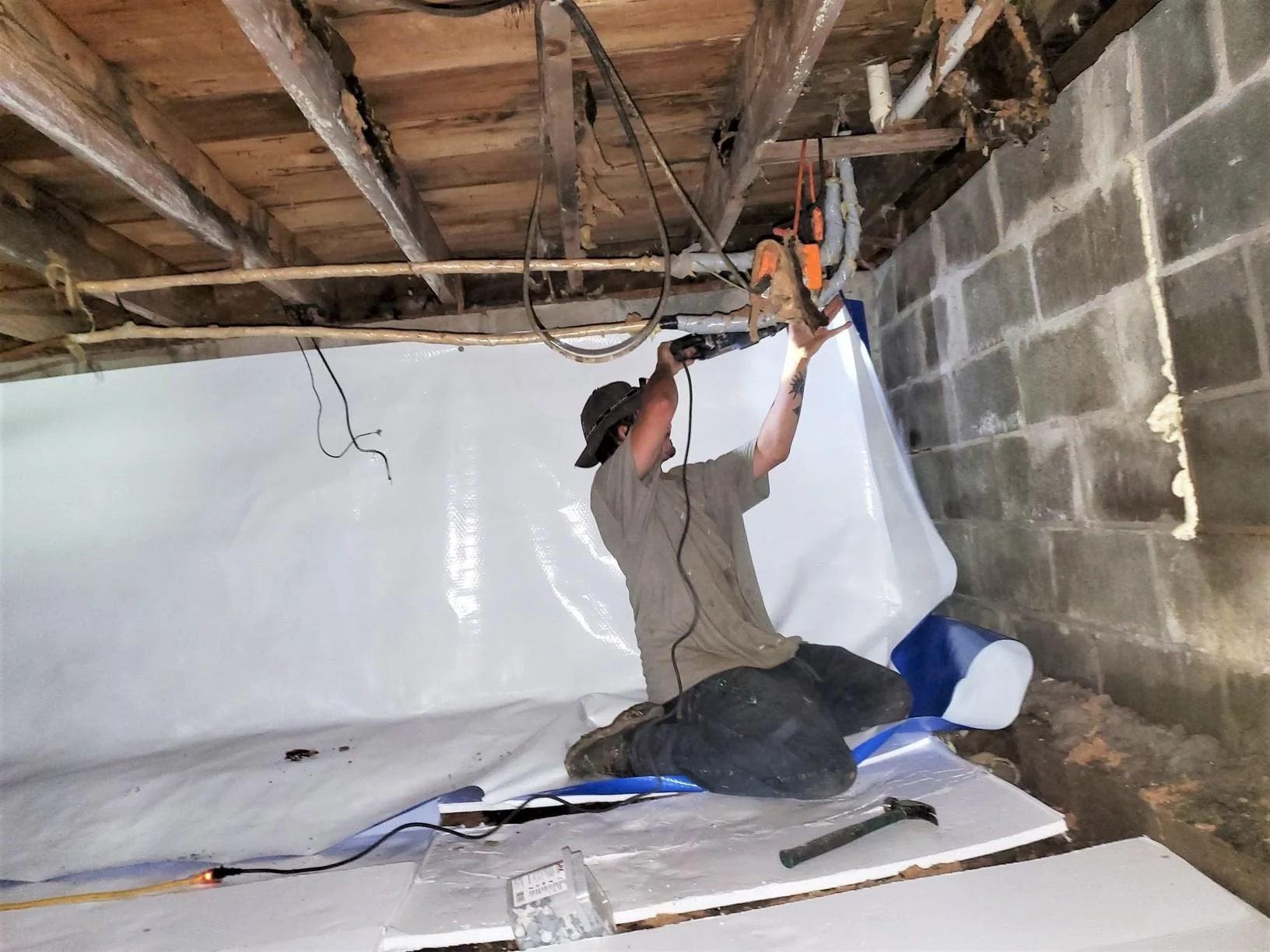
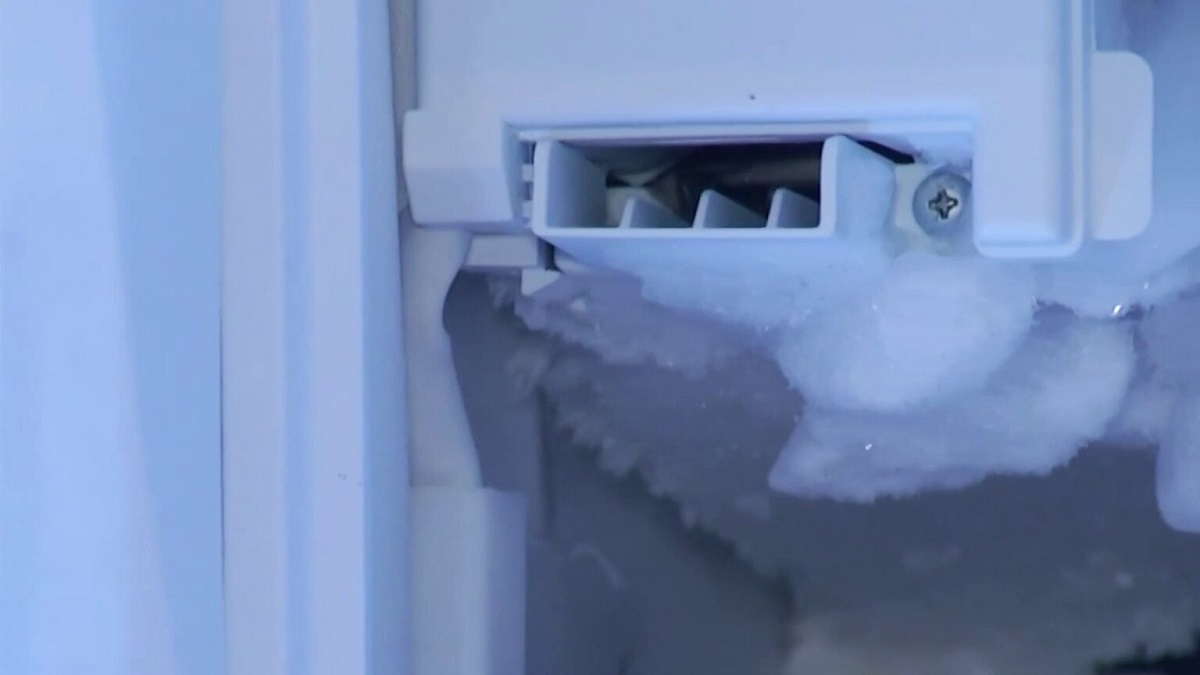
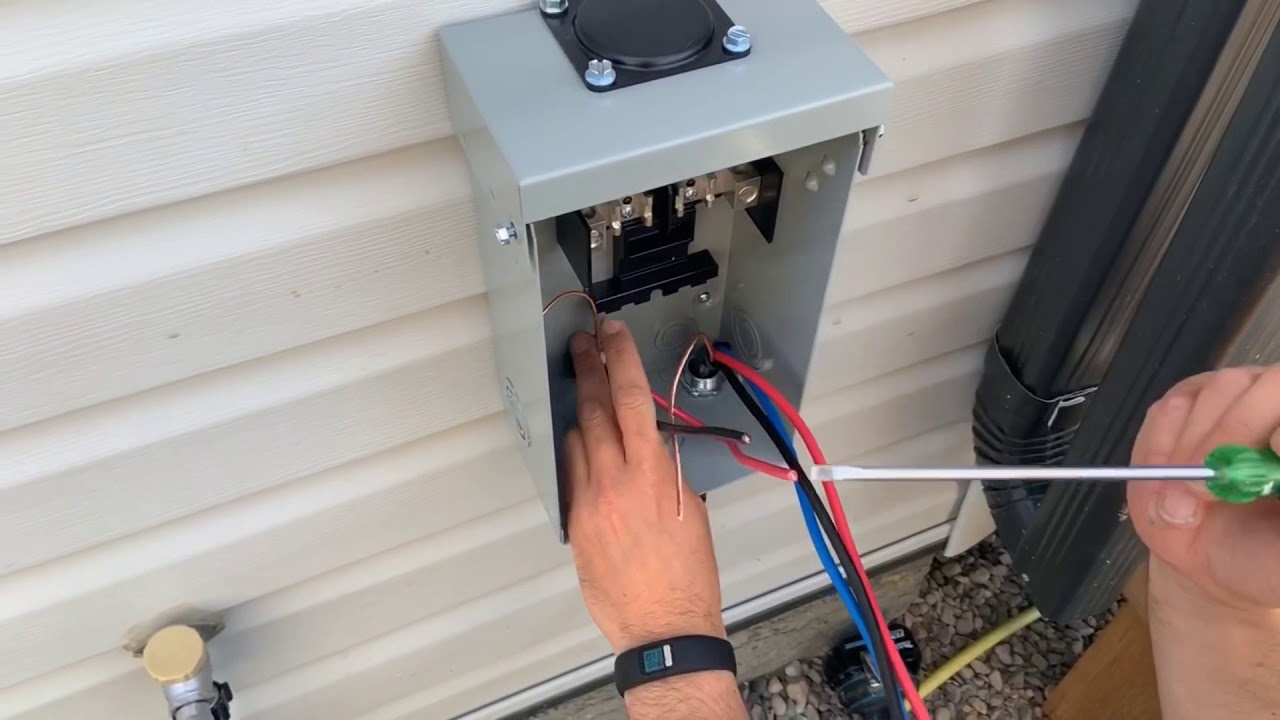
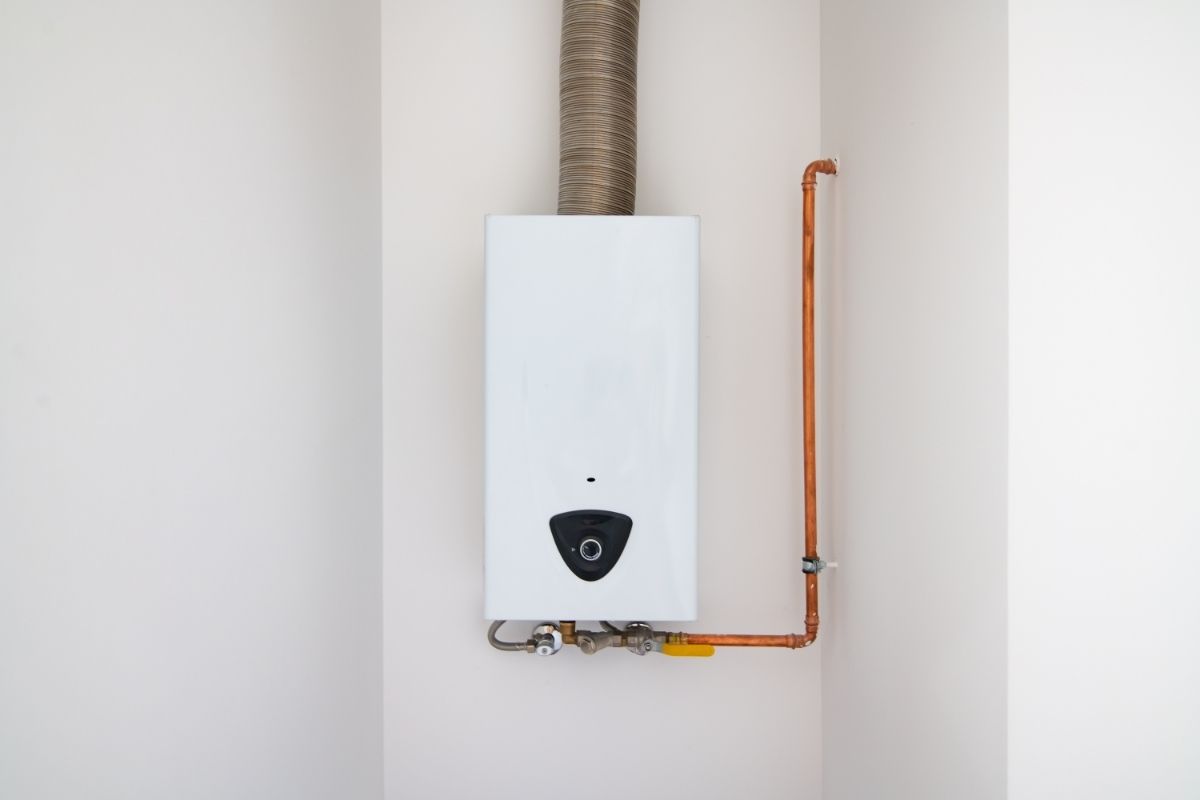
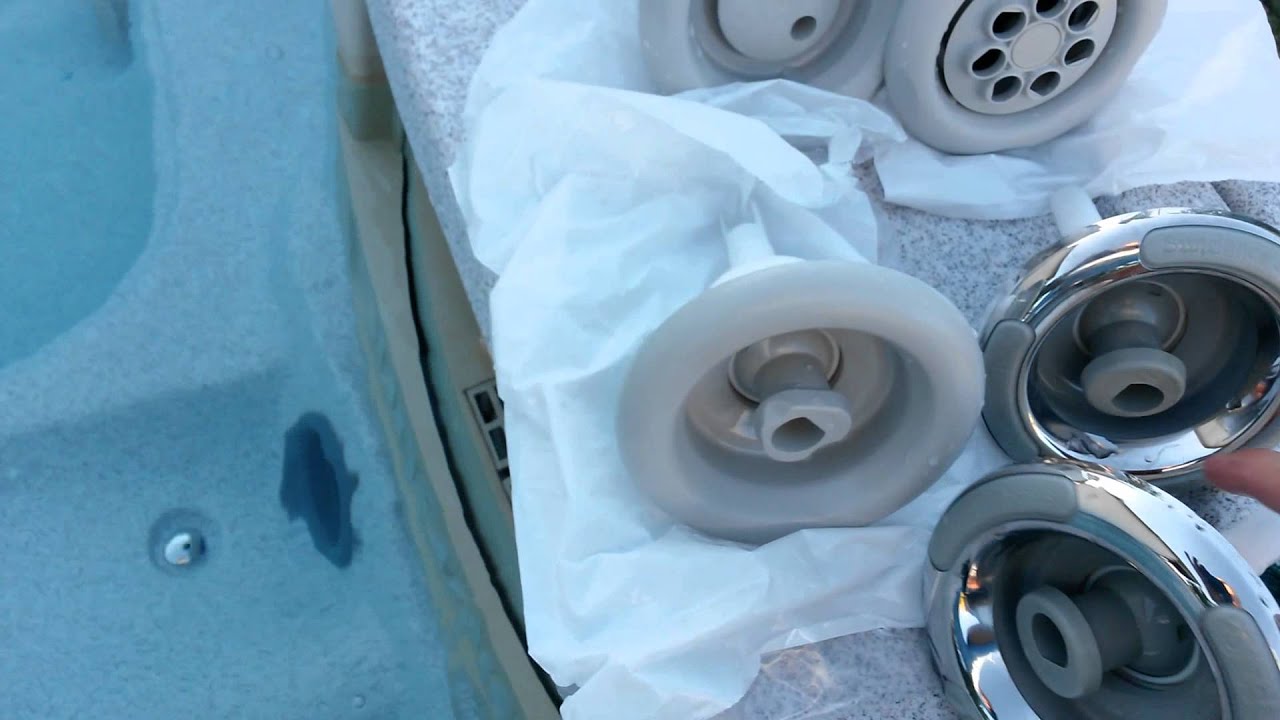


0 thoughts on “How To Keep Hot Tub From Freezing”